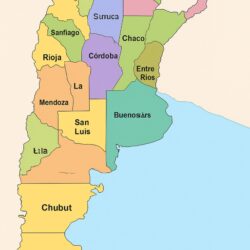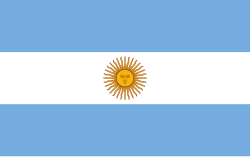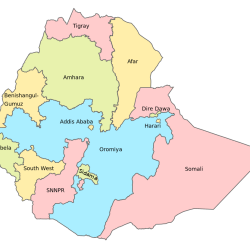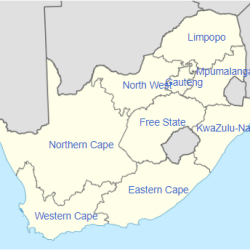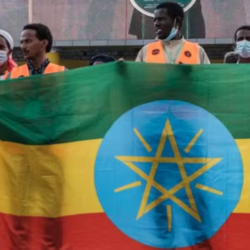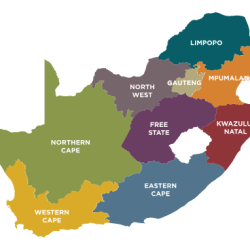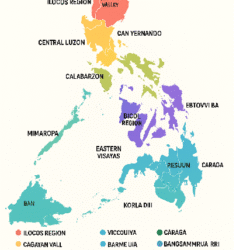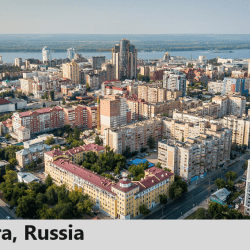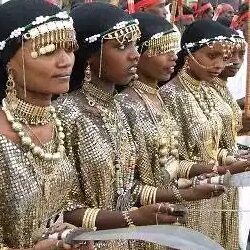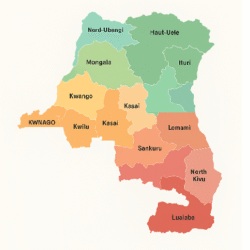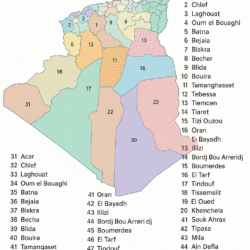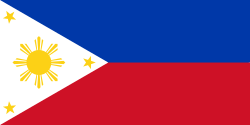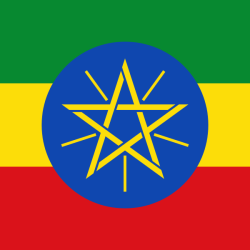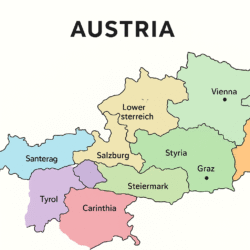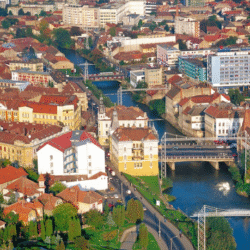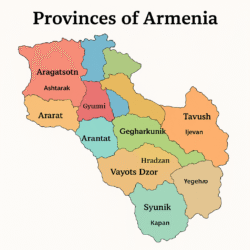Argentina provinces and territories — their history, autonomy, political structure, and the unique case of Tierra del Fuego.
Argentina is a vast and diverse country in South America, known not only for its cultural richness but also for its unique political organization. At its core, Argentina functions as a federal republic made up of 23 provinces and one autonomous city, Buenos Aires. Each province has its own constitution, legislature, and government, reflecting a balance between unity at the national level and autonomy at the local level.
This federal model is central to Argentina’s identity, as it grants provinces significant independence while ensuring they remain aligned under the national constitution. To fully understand Argentina, it is essential to explore how its provinces and territories evolved, how they are organized, and how their powers are exercised today.
How Argentina is Divided Politically and Administratively
Argentina’s administrative system is unique in South America. Unlike centralized governments, its provinces hold significant power and enjoy constitutional autonomy.
The 23 Provinces of Argentina
The backbone of Argentina’s federation is its 23 provinces, each with its own government and political traditions. From Buenos Aires Province to Jujuy in the north, these provinces represent Argentina’s geographic and cultural diversity.
Argentina’s 23 Provinces
Here’s a complete list of the 23 provinces of Argentina + the autonomous city:
- Buenos Aires Province
- Catamarca
- Chaco
- Chubut
- Córdoba
- Corrientes
- Entre Ríos
- Formosa
- Jujuy
- La Pampa
- La Rioja
- Mendoza
- Misiones
- Neuquén
- Río Negro
- Salta
- San Juan
- San Luis
- Santa Cruz
- Santa Fe
- Santiago del Estero
- Tierra del Fuego, Antártida e Islas del Atlántico Sur
- Tucumán
The Autonomous City of Buenos Aires
- Buenos Aires (Ciudad Autónoma de Buenos Aires, CABA)
Buenos Aires, the nation’s capital, holds a special status as an autonomous city. Unlike the provinces, it is divided into communes, which serve as its local administrative units. Its autonomy was formally recognized in the 1994 constitutional reform, granting it powers similar to those of the provinces.
Departments, Partidos, and Communes Explained
Administrative subdivisions differ across regions:
- Departments – common in most provinces for local governance.
- Partidos – unique to Buenos Aires Province, functioning like counties.
- Communes – used in Buenos Aires City, further dividing neighborhoods.
This system reflects the flexibility of Argentina’s federalism, where provinces decide their internal organization.
The Autonomy of Provinces Under the Constitution
One of the defining features of Argentina’s federation is the strong autonomy of its provinces.
Powers Retained by the Provinces
Provinces hold all powers not delegated to the federal government. This means they are free to manage most aspects of their political, economic, and social life, provided they respect the Constitution.
Provincial Constitutions and Local Governments
Each province enacts its own constitution and elects local authorities. While some have bicameral legislatures, others operate under unicameral systems, showcasing the diversity of governance structures across the nation.
Natural and Financial Resource Management
Another critical area of autonomy is the ownership of natural and financial resources. Provinces control oil, minerals, rivers, and forests within their territory, which often sparks debates over national versus provincial interests.
Provincial Legislatures: Bicameral vs. Unicameral
Argentina’s provinces vary in their legislative organization:
- Bicameral legislatures: Include both a Chamber of Deputies and a Senate.
- Unicameral legislatures: Feature a single chamber, streamlining decision-making.
This difference reflects Argentina’s federal principle, where provinces are free to design their political systems.
Historical Evolution of Argentina’s Provinces
Argentina’s modern map was shaped throughout the 20th century, as former national territories gradually gained provincial status.
Early Provinces vs. National Territories
Originally, Argentina consisted of historical provinces, but vast regions in Patagonia and the north were administered as national territories.
Creation of La Pampa and Chaco (1951)
In 1951, La Pampa and Chaco transitioned from territories to provinces, marking a step toward greater national integration.
Misiones (1953) and Other Territories Becoming Provinces (1955)
Two years later, Misiones gained provincial status in 1953. In 1955, Formosa, Neuquén, Río Negro, Chubut, and Santa Cruz followed, strengthening Argentina’s southern frontier.
Tierra del Fuego: From Territory to Province (1990)
The last national territory, Tierra del Fuego, became a province in 1990. Known today as Tierra del Fuego, Antártida e Islas del Atlántico Sur Province, it remains one of Argentina’s most geopolitically significant regions.
The Unique Case of Tierra del Fuego, Antártida e Islas del Atlántico Sur
Tierra del Fuego is a special case in Argentina’s federal system. It includes:
- The Argentine portion of Tierra del Fuego Island (shared with Chile).
- Argentina’s Antarctic claim (Antártida Argentina), which overlaps with British and Chilean claims.
- The Falkland Islands (Islas Malvinas), South Georgia, and South Sandwich Islands, which remain under British control but are claimed by Argentina.
While only the Tierra del Fuego mainland is under Argentine administration, the province symbolizes Argentina’s broader territorial aspirations.
1. How many provinces does Argentina have?
Argentina has 23 provinces and one autonomous city (Buenos Aires).
2. What makes Buenos Aires different from the provinces?
Buenos Aires is an autonomous city, meaning it has a special constitutional status with its own government and local administrative divisions called communes.
3. Why do some provinces have unicameral legislatures while others have bicameral ones?
Argentina’s Constitution allows provinces to design their own governments. Some prefer a unicameral system for simplicity, while others opt for a bicameral legislature to represent diverse interests.
4. When did Tierra del Fuego become a province?
Tierra del Fuego became a province in 1990, making it the youngest province in Argentina.
5. What are partidos in Buenos Aires Province?
Partidos are administrative divisions unique to Buenos Aires Province, functioning like counties in other federal systems.
6. Does Argentina control the Falkland Islands?
No. The Falkland Islands are administered by the United Kingdom, but Argentina continues to claim sovereignty over them.
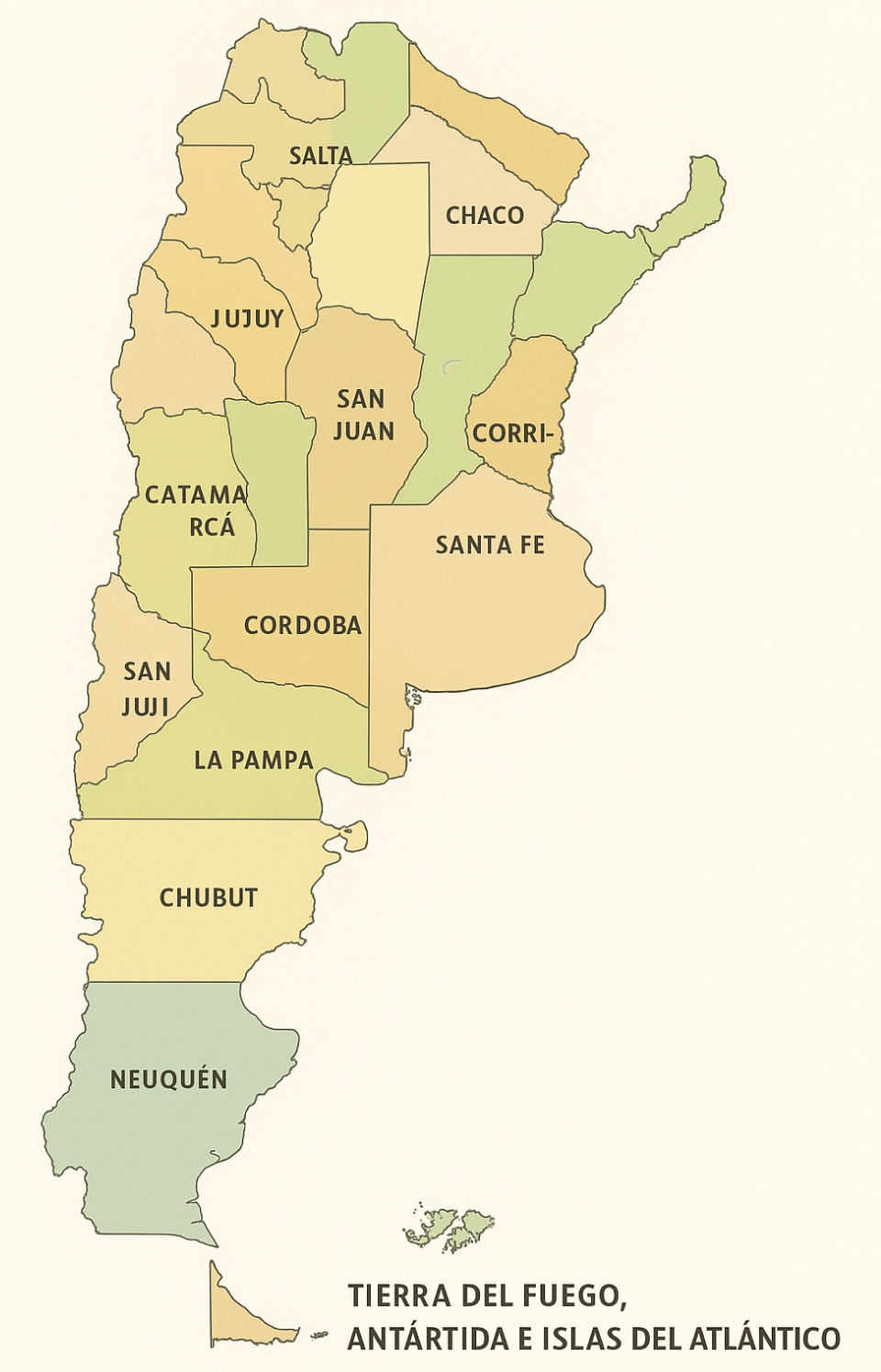
Argentina’s provinces and territories reflect the country’s federal spirit and historical evolution. With 23 provinces, an autonomous city, and the special case of Tierra del Fuego, Argentina demonstrates a unique balance between national unity and provincial autonomy.
From the pampas of Buenos Aires to the icy landscapes of Tierra del Fuego, each province tells a story of independence, resource management, and cultural richness. Understanding Argentina’s provincial structure not only reveals its political complexity but also highlights the diversity that defines this South American nation.
